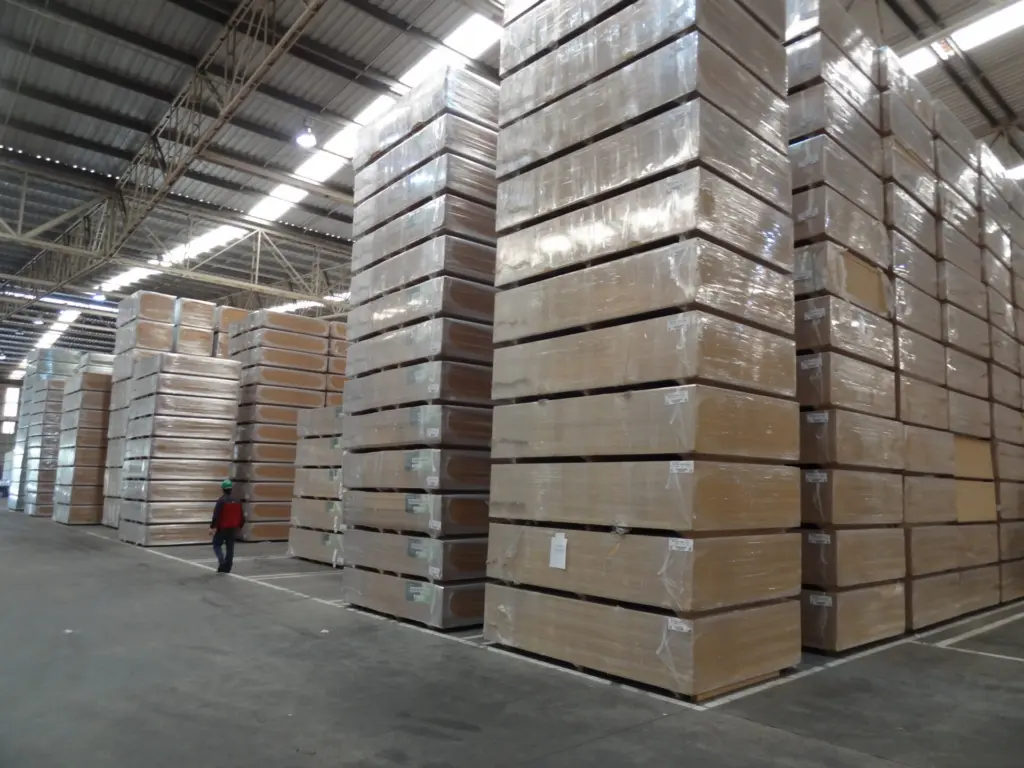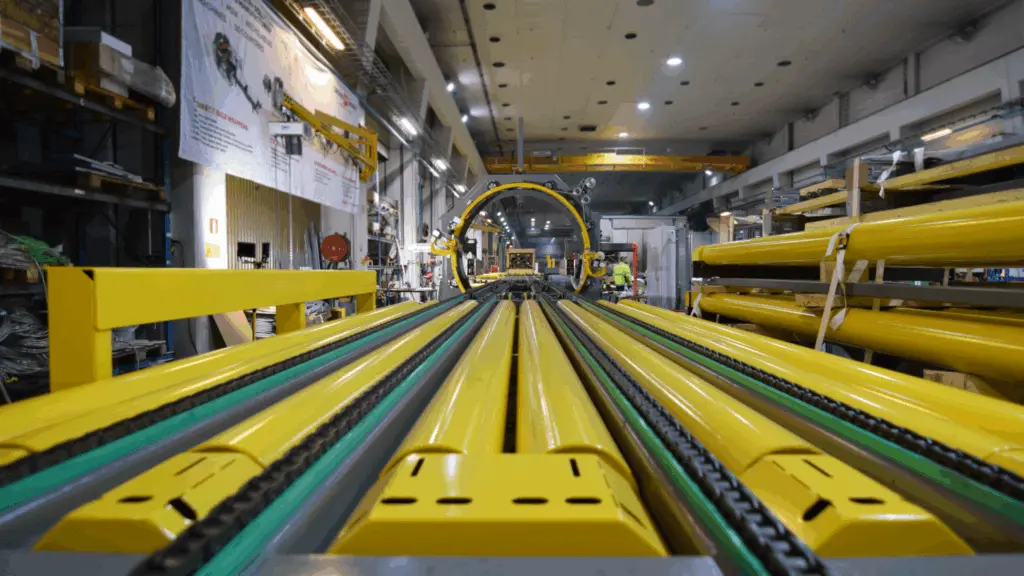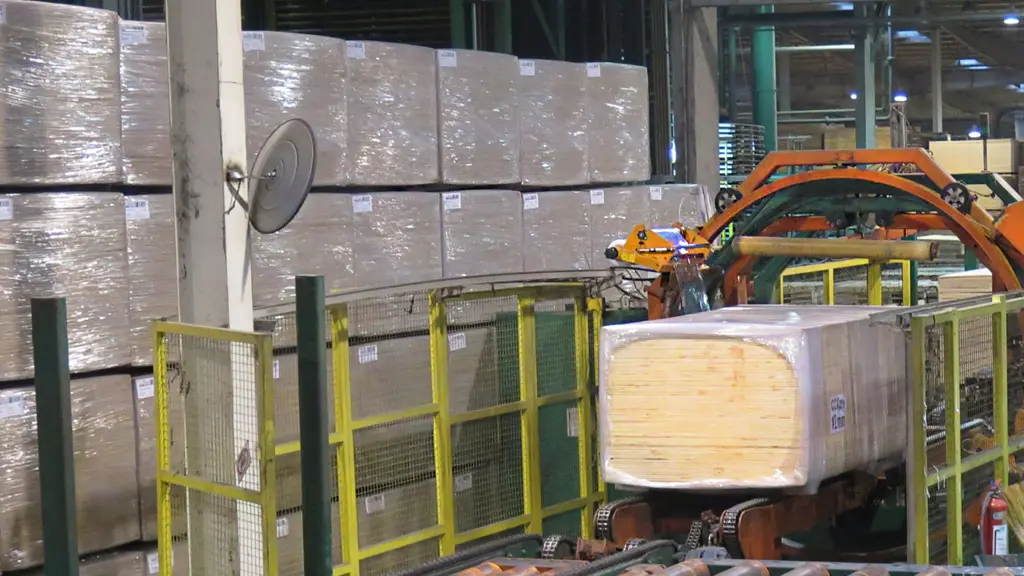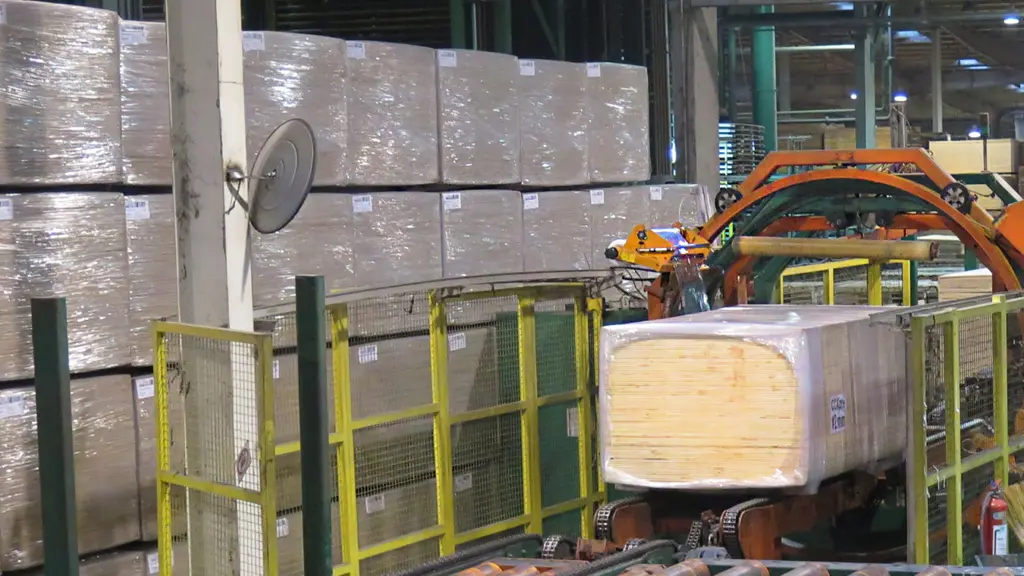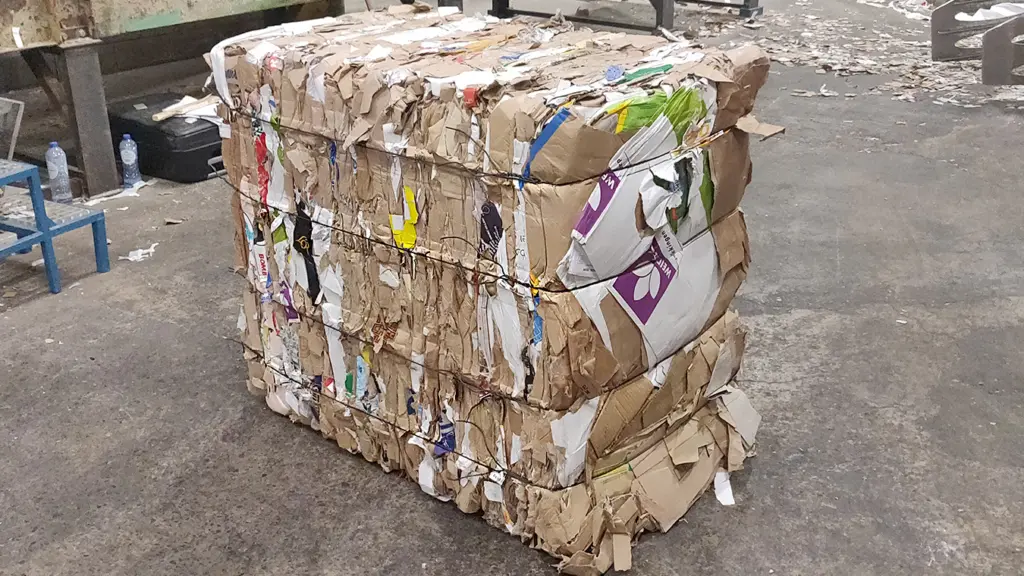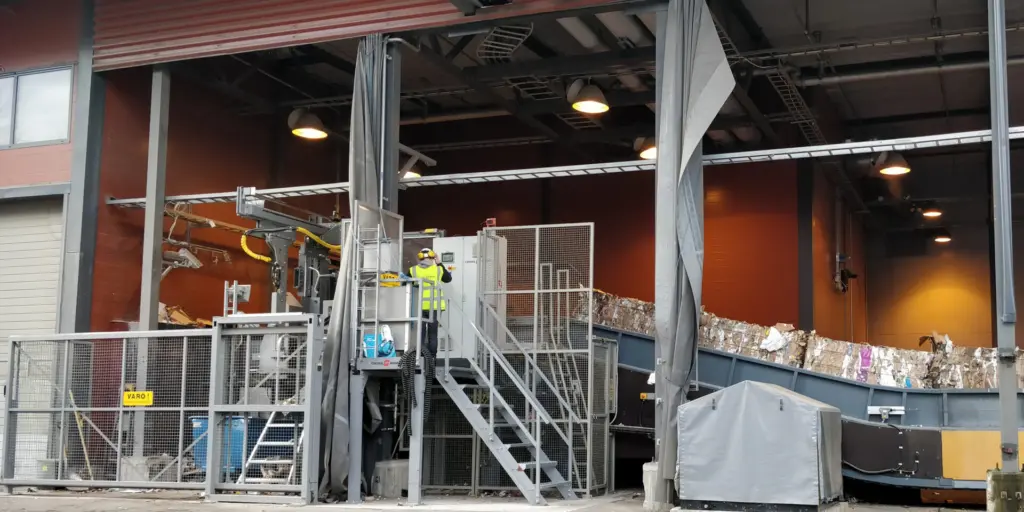Strapping Inefficiency
Traditional packaging relies on steel or plastic straps, but straps don’t fully protect the product. Boards are still exposed to moisture, dust, and dirt. Straps can also loosen, shift, or even damage the product edges.
Logistics and Warehousing Costs
Use of multiple materials (straps, corner protectors, stretch film, pallets) increases both cost and complexity. Strapped packages are harder to stack efficiently, and will cause wasted warehouse and container space. If heavier packaging materials are used, transport costs may raise.
Product Safety and Customer Experience
During long export journeys with exposition to humidity, handling and shipping, boards may be damaged. Packaging that breaks down in transit leads to claims, returns, and brand reputation issues.
Sustainability Pressure
Customers and regulators push for eco-friendly packaging, while steel straps and mixed materials are harder to recycle. Manufacturers should simplify end-of-life handling for their customers.
Labor and Efficiency
Strapping and multi-step packaging often require manual work, which my lead to inconsistent packaging quality, inefficiency and extra risk. Plants need automation to keep up with high-volume board production.
